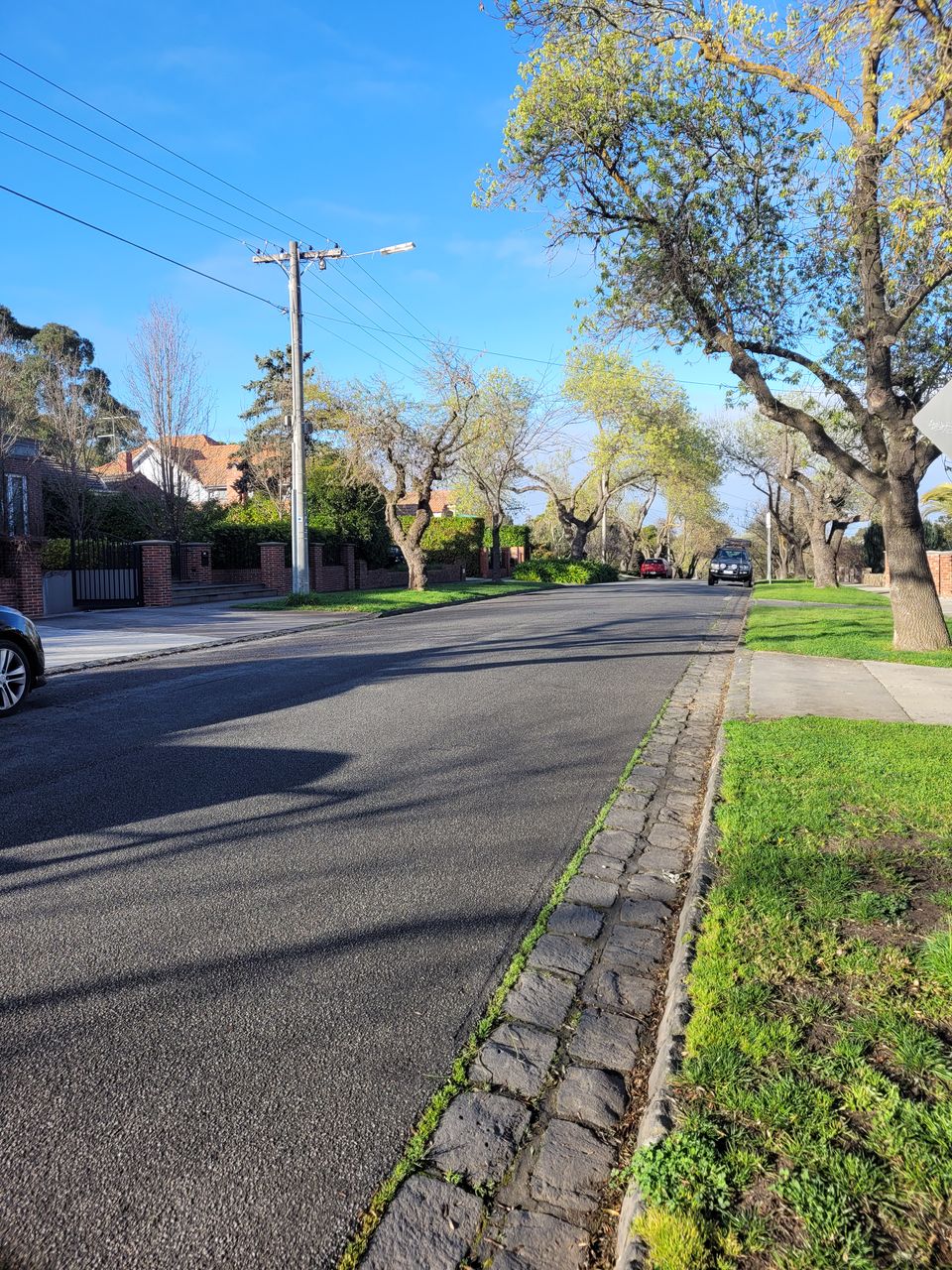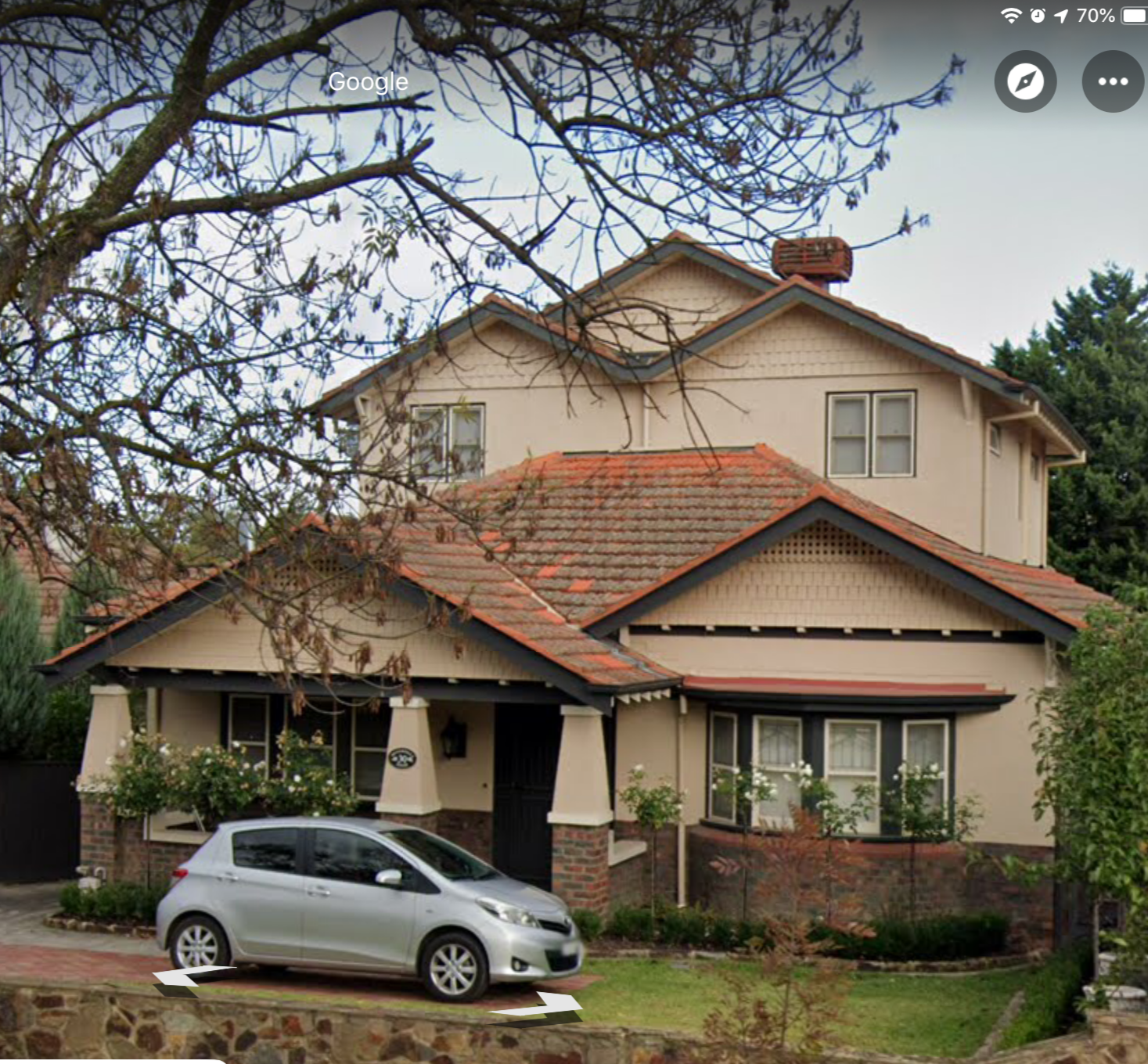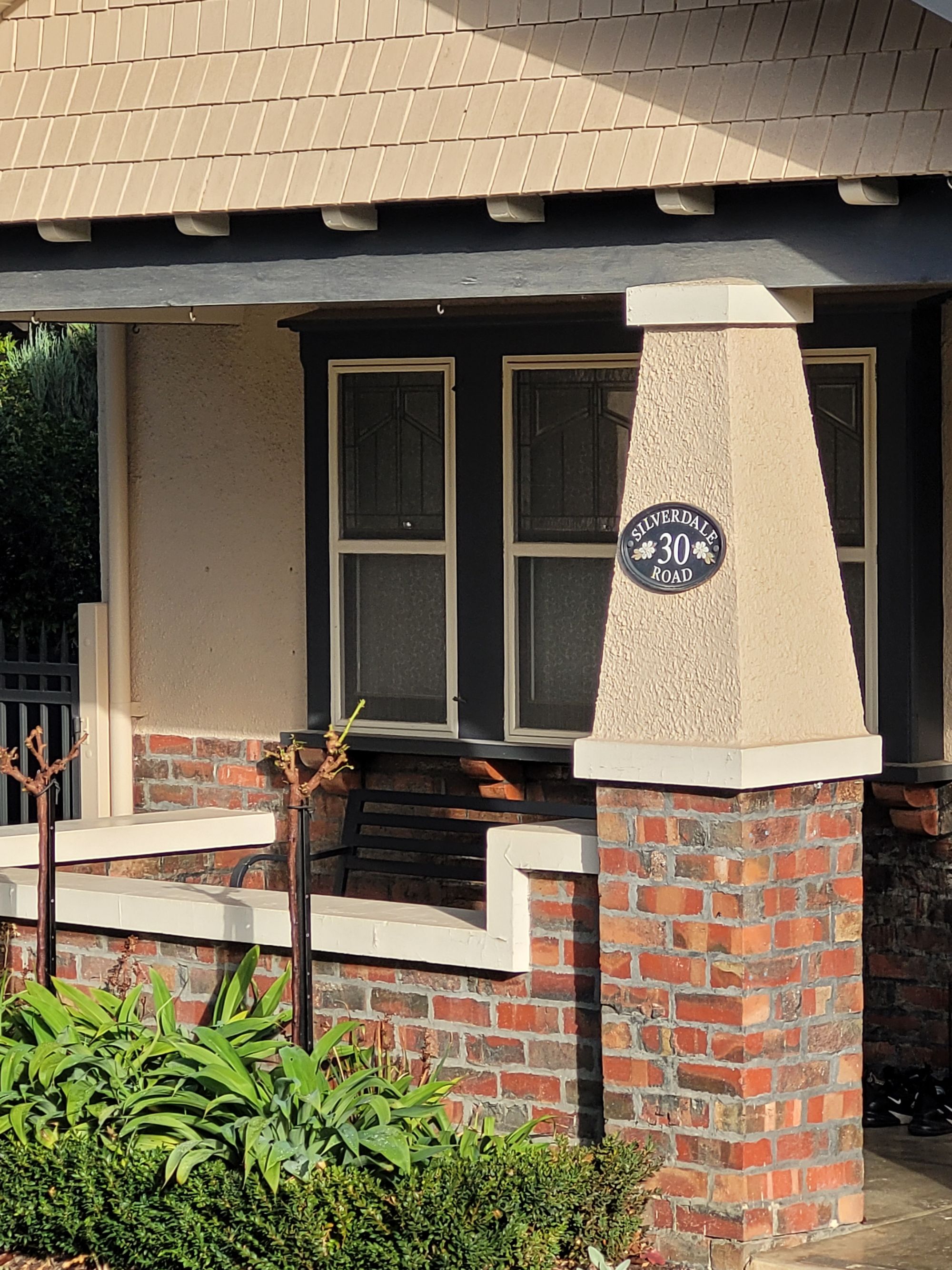Uh-oh, Who Chose Narrower Roads?

Can one allege "short-sighted" for decisions over 80 years ago?
Probably not.
But what was the thinking of our then Heidelberg Council as it proceeded to form up suburban roads much narrower than surveyed?
The Age, 23.07.1937, Page 1
ROAD WIDTH BEING CUT.
Ivanhoe Residents Protest.
Grave concern at the action of the Heidelberg council, which plans to narrow the roadway of Silverdale-road, Ivanhoe, from 36 feet to 22 feet, is expressed by residents of the street, which is a thoroughfare between Heidelberg and Lower Heidelberg.
Work on the transformation was started on Wednesday.
The road, which is about half a mile long, runs from Maltravers-road to the Eaglemont railway station, and is on the east side of the line.
A gang of eight men, with two supervisors, has been engaged upon the work, and it is stated that the narrowness of the new road is such that when the wheels of a modern car are in the channel, the rear portion is above the crown of the road.
Last evening Cr. Ibbott, one of the Ivanhoe ward representatives on the Heidelberg council, met a deputation of residents of Silverdale-road, and also visited the scene of the work.
(From Nilss in sunny Innsbruck)
Well, what did the indefatigable Nellie do?
She certainly did plenty for her community but we are unaware of the outcome of this intervention.
Perhaps this narrowing of the thoroughfare has bequeathed us the wide verges common through Eaglemont.
In the transition era from horse-drawn vehicles to the "modern" vehicle did someone figure that enhanced manoeuvrability and better turning circles warranted a change?
Was it as crass as a saving on construction costs and bitumen?
Looking now at the linear carparks we are afflicted with it seems regrettable that in 1937 they elected for narrower carriageways.
But we do like the verges and street trees.


I note that all the European and Japanese cities that were re-designed & re-built after the devastation of WW2 opted for broad streets, broad footpaths and ample city parks.
A comment was passed in my hearing recently that some transport planners contend parked cars & choked streets are a good device for slowing traffic - hence it is safer for all road users.
Making a silk purse from a sow's ear for mine.
Sheer frustration leading to impatience leading to aggressive driving is an obvious counter-point.
Who is measuring the driver hypertension and its deleterious health impacts?
Is the idling time of fossil fuel vehicles on choked streets wasting the environmental dividend from lower speeds = lower fuel consumption?
Member discussion